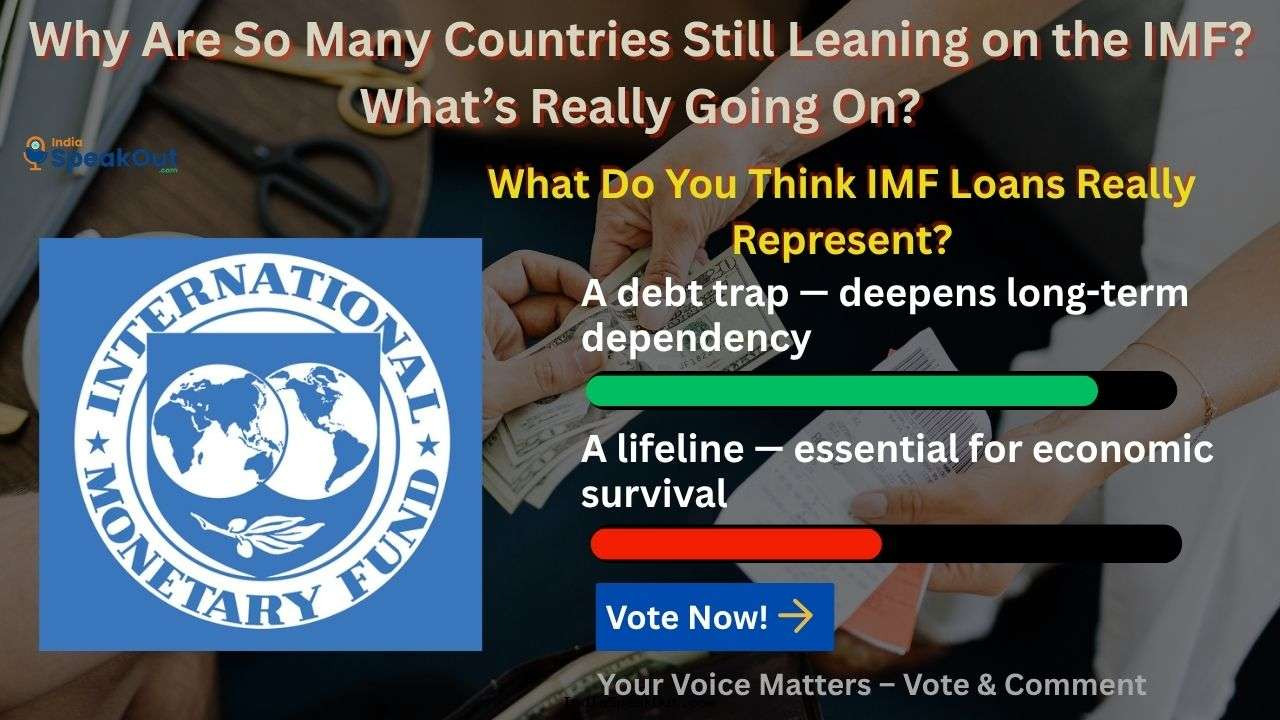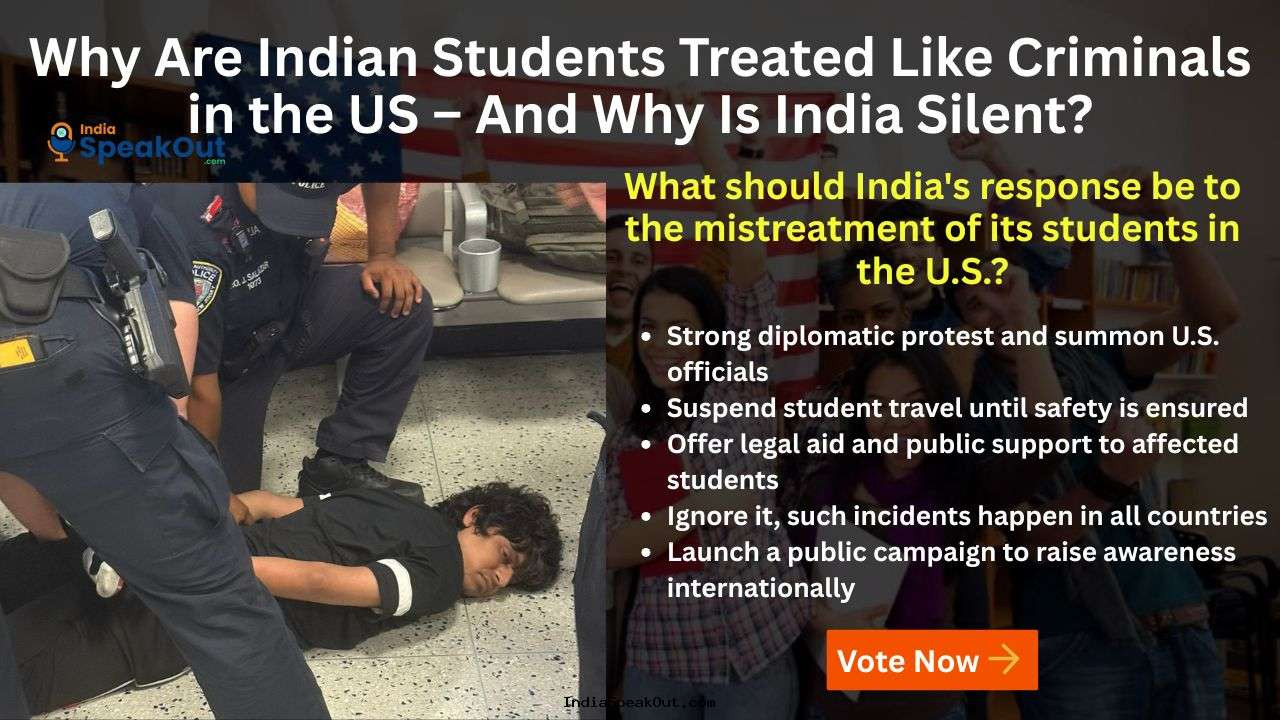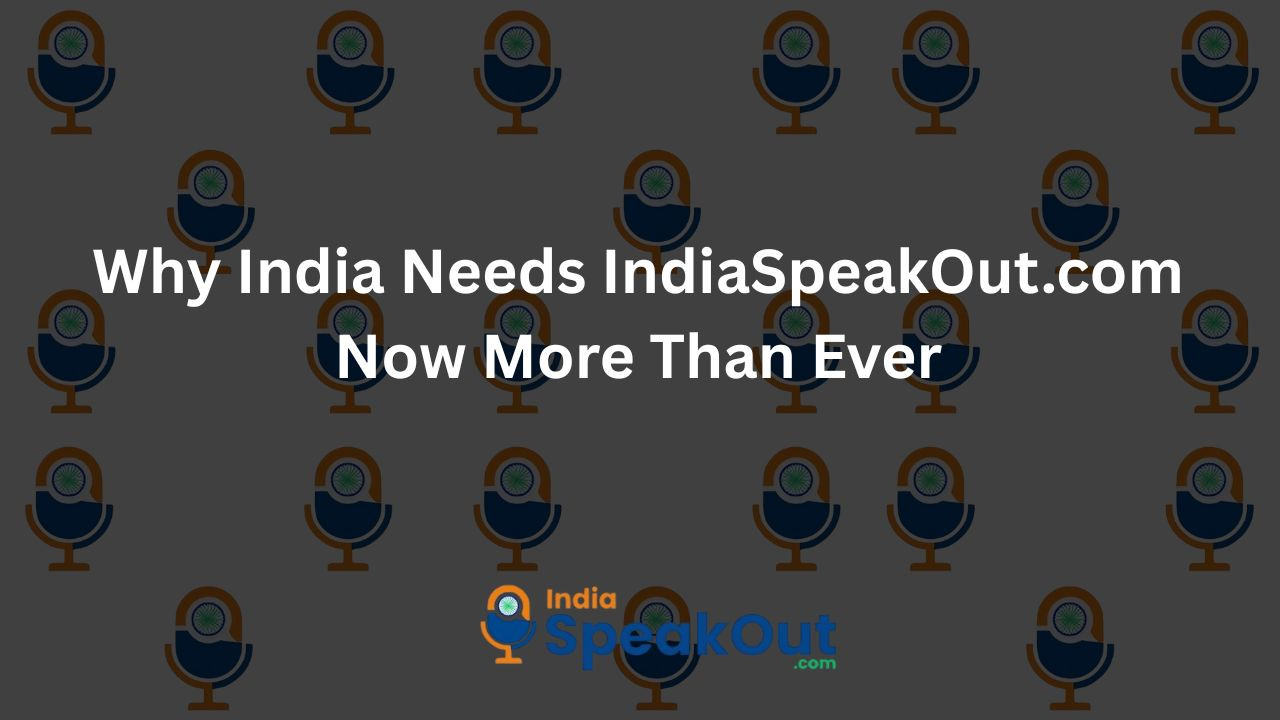It’s 2025, and yet some familiar headlines refuse to disappear: countries taking massive loans from the IMF. Argentina tops the list with a staggering loan amount from the International Monetary Fund. But what’s even more startling is that financially struggling nations like Pakistan aren’t far behind.
So what’s the story here?

The IMF was created to stabilize economies in crisis. But when countries like Argentina keep returning — having borrowed over $100 billion across several programs — it makes us wonder: Is the IMF a rescue plan or a revolving door of dependency?
Countries turn to the IMF when they’re running out of options — high inflation, plummeting currencies, collapsing reserves. But the real question is: are these loans curing the disease or just numbing the symptoms? Because repayment comes with conditions — austerity, subsidy cuts, structural reforms — that often end up squeezing citizens the most.
Are nations trapped in a cycle where IMF loans offer short-term oxygen but long-term fragility?
Maybe it’s time we rethink how global financial institutions help struggling nations. Because bailouts alone won’t build resilience.
🗳️ Vote and see where others stand!
💡 Share your thoughts below:
Do you think countries like Argentina and Pakistan are victims of poor governance, flawed global systems, or both? What should change — the borrowing behavior or the lending terms? Let’s talk in the comments 👇










Comments(0)